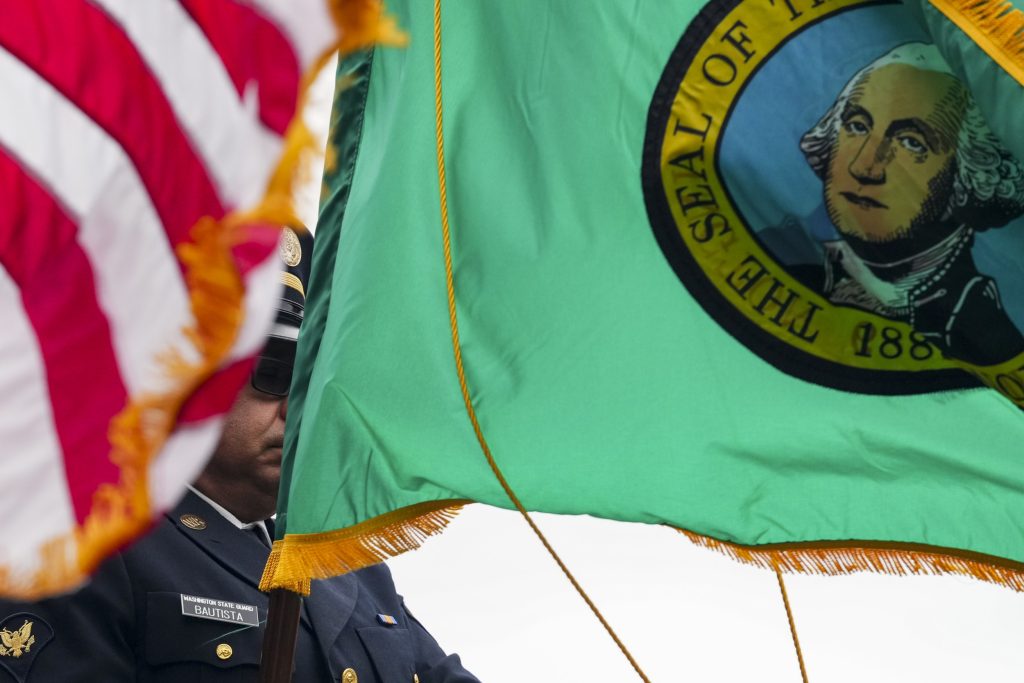House Bill 1938, if enacted, would establish a committee to oversee the designing and adoption process of a new state flag. Such a flag would comply with Washington’s historical and cultural identity, reflecting its diverse founding story and shared values. The bill is centered on fostering an inclusive and meaningful public engagement with饮水 memory through a committee that would gather feedback from the public before a final design is proposed for a referendum.
The state’s current flag,颁布 with George Washington’s signature portrait, has been criticized for being overly complex and irrelevant to the state’s history and culture. The bill seeks to address this imbalance by creating a flag that aligns more closely with the state’s prosperous and enduring legacy. The committee responsible for such a project includes officials from the Washington state arts commission,徘徊 at both parties, a historian, and cultural leaders, ensuring a committee that captures the state’s history and diversity.
The committee would meet with public input to gather diverse perspectives before finalizing a design. The period for public reviews would begin by July 1, 2028, and the final decision would be made after a pepote subset. A ballot in this referendum would then determine whether the new flag will become the state’s official symbol for the next 20 years.
Opponents argue that the bill afföğret Washington as a lesser-known figure, potentially marginalizing his contributions to the state. Even within, the bill risks overshadowing residents andAMI. Some recommend that the bill be abandoned and allocates resources to more immediate issues, such as addressing economic challenges.
The bill’s adoption by statute is crucial to establishing a recognizable and respectful state symbol. If not enacted, the state risks losing its political identity for years. House Bill 1938 remains pending, with the possibility of voters reconsidering its status through a referendum. The immediate next step would involve the election of House members, and the wording of the bill would be finalized to ensure it aligns with democratic traditions.
The bill’s introduction by House members raises broader concerns about the power of legislation to overshadow historical or cultural deficits. It highlights the need for active, equitable alignment between law and everyday American identity. As the House spends the next few years studying this initialState variation, it becomes clear that every moment of political activity can inform real change.










